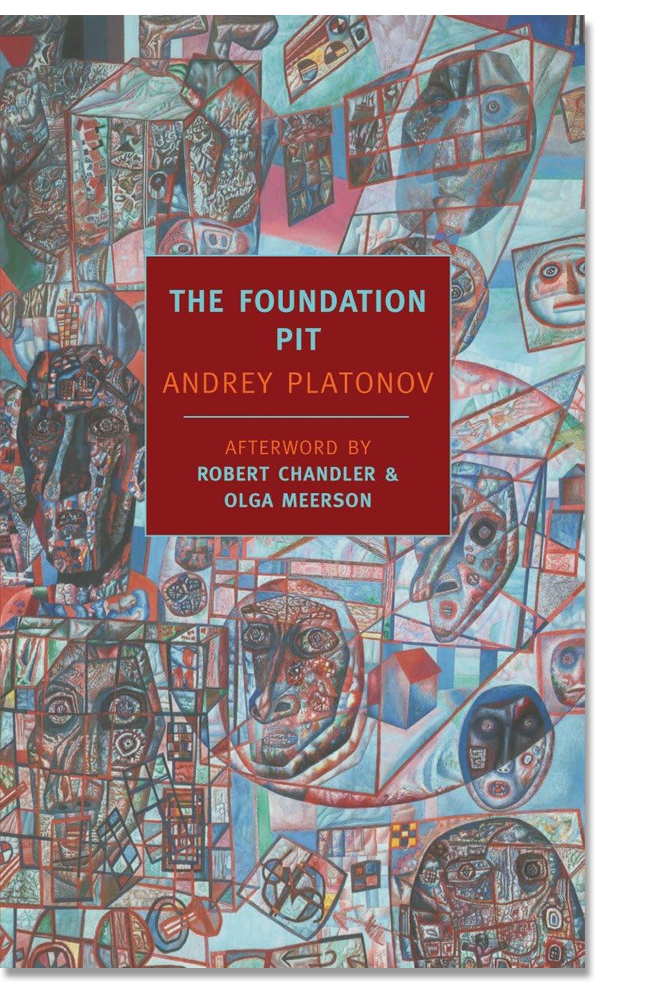Building on Despair & Empty Promises
Reviewed:
by Andrey Platonov
Translated by Robert Chandler
NYRB Classics, 208 pp., $16.95 (paper)
Publication Date: 4/21/09
Contained within a dreary, portentous allegory, Platonov’s The Foundation Pit sheds light on one of the darkest periods in Russian history — one shaped by industrialization, empty promises, and bleak realities. The Foundation Pit is set in the 1920s, immediately following the Bolshevik Revolution and during the implementation of the Five-Year Plan — a series of economic policies aimed at centralizing resources and power under Communist ideology. One primary aspect of this plan was rapid, large-scale construction, exemplified by the foundation pit excavated by a team of workers, including the protagonist Voshchev — a young, disillusioned man fired for his poor work ethic and excessive focus on his private life.
Voshchev never had faith in the idyllic future promised by the Bolsheviks: "Man puts up a building—and falls apart himself. Who'll be left to live then?" Meanwhile, other characters, such as the zealous socialist Safronov, slowly feel the wool removed from their eyes as the burdens become too much to bear: “Is it really sorrow inside the whole world—and only in ourselves that there's a five-year plan?” As they continue to mindlessly dig the pit deeper and deeper, one of the workers, Chiklin, meanders over to an old Dutch tile factory and finds a young girl named Nastya, who symbolizes hope and the nascent Communist state. Uplifted by her presence and staunch devotion to Lenin’s ideals, they find the will to carry on their work: “Here, however, rests the substance of creation and the aim and goal of every directive, a small person destined to become the universal element. That is why it is essential we finish the foundation pit as suddenly as we can.” Though it is never made clear what the building will be or to what end it will serve, the band of misfits and laborers continue to press on despite the seeds of nihilism taking root.
One of the most striking satirical elements emerges early in the novel when Voshchev is criticized for his focus on his "inner life" and his lack of consciousness — an essential trait in Soviet society, which demanded that everyone remain acutely aware of their role within the state. This demand for self-sacrifice and endurance in the name of a promised future is used to justify every purge and atrocity committed. Platonov’s use of absurdism and black humor paints a vivid picture of the constricting, morbid existence that pervaded every citizen’s life during this period. The use of dehumanization — embodied by Zhachev, “You think what we've got here are human beings? Not a bit of it!” — along with the campaign of dekulakization, led to the displacement and murder of millions. Yet, despite their squalid surroundings and the piles of bodies accumulating along their peripheries, the workers — and the Soviet Union as a whole — remained convinced that "the foundation pit must be dug broader and deeper still." Consequently, their collective grave became an even deeper abyss.
Platonov manages to craft a tragic, allegorical story that leverages humor and surreal elements to soften the harrowing aspects of his own reality in Soviet Russia. Although some scenes and characters feel rushed or superfluous, the novel remains rich in historical context and portrayals of humanity, making it an essential read for its era.
